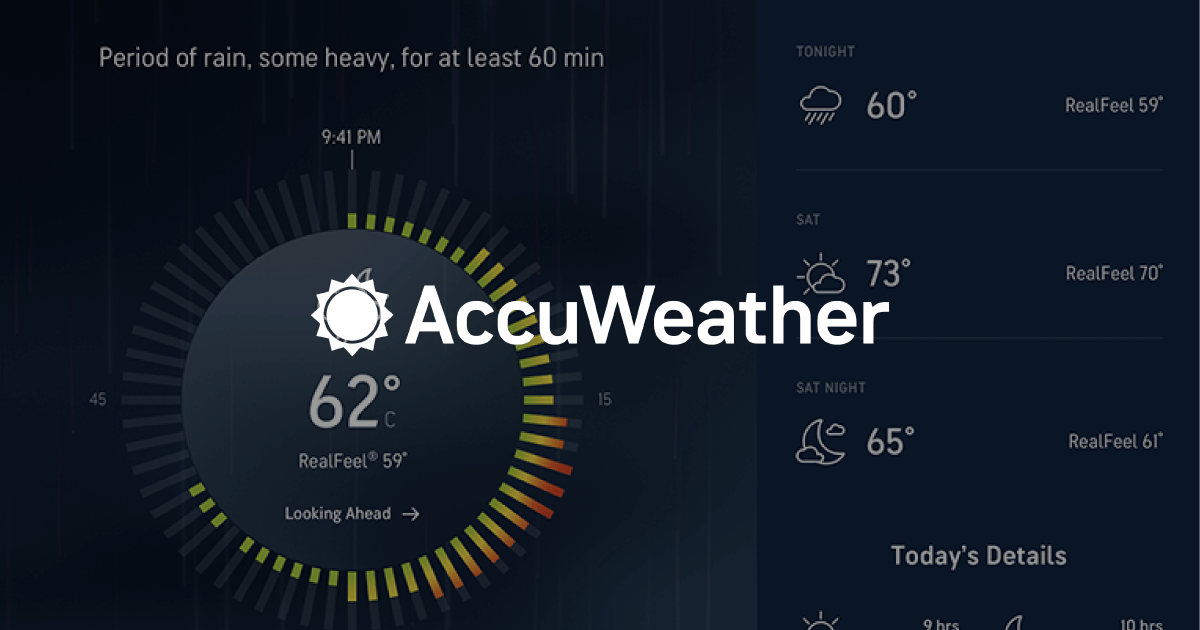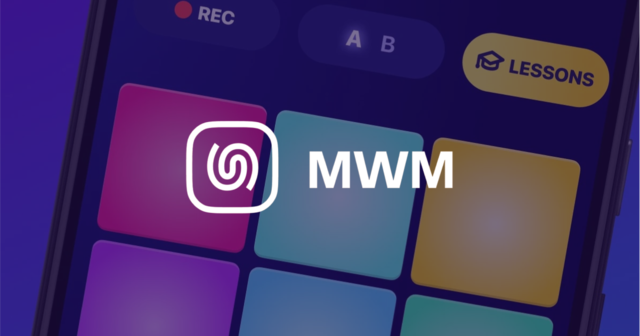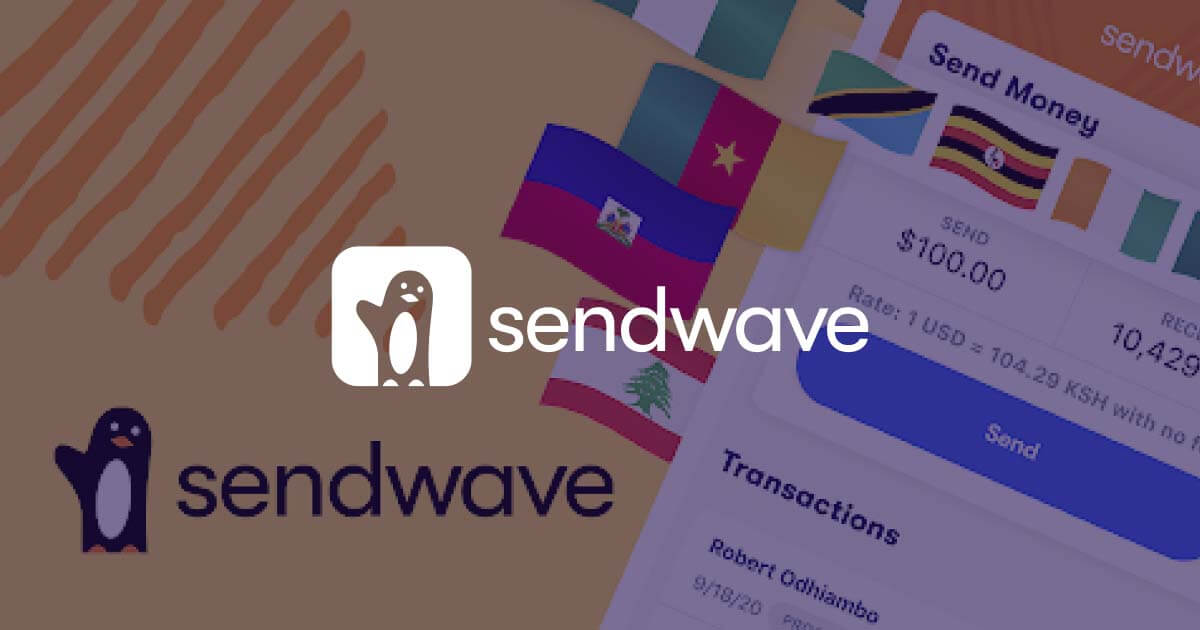
Gaining a game changing advantage through AppsFlyer’s Predictive Analytics

Overview
- In an effort to promote their new iOS app Merge Mayor, StarBerry Games came across the measurement difficulties of Apple’s SKAN attribution protocol.
- After learning about AppsFlyer’s new vision of insight-based predictive measurement to overcome SKAN constraints, StarBerry were quick to join the new product in its beta phase.
- Getting Day 30 predictive insights such as ROAS, ARPU, percentage of paying users and retention enabled StarBerry Games to use concrete performance KPIs that nearly eliminated all SKAN limitations.
Background
Founded in 2017, StarBerry Games is an award winning mobile games studio based in Berlin.
Known for popular casual mobile app games like Idle Coffee Corp, StarBerry aims to craft genre leading games by combining new and familiar features to create unique gameplay experiences.
Their current focus in the casual game genre is the successful Merge Mayor app, with over 3.3 million installs to date.
Challenge
The Merge Mayor app started its promotion and user acquisition efforts when Apple’s SKAN was already enforced, meaning there was no “before and after” aspect of how performance and measurements looked like with classic attribution.
“Without the ability to compare the app’s performance metrics under SKAN to regular attribution performance, the operation as a whole was shrouded in uncertainty. With SKAN providing very little indication into UA performance, we were in the dark in terms of performance expectations.”
In their search for different solutions that could help clarify Merge Mayor’s SKAN performance measurement, StarBerry started using AppsFlyer’s revenue calculator and started getting some decent results.
Solution
But it was only when they attended one of AppsFlyer’s webinars that a true solution revealed itself. This webinar revolved around AppsFlyer’s predictive analytics solution for SKAN, and laid out a sophisticated yet clear vision for relying on this advanced technology in order to provide SKAN measurements.
“Predictive analytics was presented as the way to realize SKAN’s potential to a degree no one else in the industry even discussed before.
There were a lot of discussions going around the industry about making cohorts of signals, some were taking the approach of funnel events, basically trying to count revenue and take the SKAN challenge one step at a time.”
SKAN provides advertisers with a very basic measurement protocol, and the options above fit this basic layout. But StarBerry considered AppsFlyer’ vision as one that could maximize the potential of insights and measurements within this new and extremely limited protocol.
“What resonated most with us is the idea that predictive insights created through machine learning could actually solve a lot of the bottlenecks for future marketers looking to promote campaigns with SKAN.
Marketers who base their optimization logic on events, engagement points, or even LTV indicators that only happen further down the user’s lifetime, need this type of smart insights to properly function, as SKAN data will only provide them with very initial measurements at best.
The thing I liked most is that it all made sense.”
As the solution was initially available only to a handful of advertisers, and although StarBerry showed their immediate interest to take part as soon as it was made available, they had to wait before being able to enter the exclusive product beta program.
Their initial product experience was through an older version of the product, where relative scores were used to rate successful campaigns on a scale of 1-9.
While it was highly advanced, it didn’t allow any transitive learning, as a relative score of 6 or 9 couldn’t really be translated into actions and couldn’t be compared to other concrete activity KPIs —- that have been used in other UA promotions.
However, a great benefit of joining the early product beta was StarBerry’s ability to have real impact on improvements and changes that can be seen today in the new product version.
“Now we’re getting tangible, real-life metrics from the dashboard, KPIs we know and are used to working with. Getting predictive insights for day 30 ROAS, ARPU and retention is ultimately what every developer or product owner needs.”
You suddenly don’t feel SKAN’s limitations as before, some constraints like time limitations are still there of course, but through Predict we were able to get closer to running our campaigns as we used to run.
It’s worth mentioning that the way StarBerry approaches the dashboard is not very different. They believe that approaching these insights at face value is the only way to make the most of this solution.
Working with hard KPIs, like a predicted revenue of $3,000 on day 30, made StarBerry’s work and KPIs very tangible, with actionable and specific data points they could now use for campaign assessment and optimizations.
“Different advertisers may apply different logic in their work and optimization logic, but at the end of the day, ROAS is the bottom line we all strive for. And getting a Day 30 ROAS prediction puts a lot of power in your hands.”
We’re all just looking to understand what our return on ad spend is, and Predict delivers a simple answer to a very complicated question.
Even with insightful KPIs at hand and a technology that overcomes the majority of obstacles, SKAN scalability remains an issue, as not many ad networks adopted the new protocol.
“Even when we have such powerful insights in our hands that basically eliminate the uncertainty from SKAN, many networks prefer to stick to what they know, even though what they know is slowly becoming obsolete.”
With that said, the ability to pass predictive KPI insights to AppsFlyer’s integrated partners is a massive advantage. At StrBerry, we have the ability to create early insights in-house. However, the fact that AppsFlyer partners are all aligned to a similar schema, gives us the ability to communicate these insights at scale.
Predictive analytics or other forms of advanced analysis are leveraged by advertisers to provide some form of foresight into predicted performance. However, not all ad networks are capable of aligning with each and every advertiser’s internal logic and implement it into their optimization engines.
Advertisers can now keep their internal logic as a prediction accuracy benchmark, while all of their media partners can easily integrate and align with AppsFlyer’s standard for predictive UA KPIs.
Ad networks can ingest AppsFlyer’s predict postbacks to feed their auto-optimization algorithms for value optimization campaigns (ROAS), CPA campaigns and more.
“When looking ahead to the not-so-distant future, we’re positive that the Predict schema is the one the industry will align with, we’re just waiting for the rest of the industry to catch up. And when this eventually happens, we’ll be five steps ahead, as we’re already working with these KPIs.”
Some solutions are way ahead of their time and need time to catch up, but joining Predict was a strategic decision for my company. You don’t get many chances to get a head start on your competition, so jumping on this wagon early on was a calculated step ahead.
Some ad networks, and potentially even advertisers, might have their issues with adapting to the predictive insight mindset.
After all, many of us are used to working with measurements, and predictive analysis offers that together with the expected compromise on accuracy in favor of earlier insights.
StarBerry applies their own internal verification mechanisms, to make sure these predictions are in fact accurate. But at the same time, they stick to the rule of thumb of trusting the insights as they go along, and flag inaccuracies to the team when they appear — in order to improve their model.
Conducting verification with SKAN is of course close to impossible, but the new SSoT feature now available in the dashboard changes this completely.
Results
With predictive insights available in both AppsFlyer’s iOS attribution and SKAN attribution — UA managers can now cross reference numbers and metrics, comparing non-SKAN ARPU, ROAS, and percentage of paying users to the equivalent SKAN activity, which takes result verification significantly forward.
Predict’s ability to communicate with SKAN was and remains the main reason for StarBerry to use Predict, so their SKAN predictive view will usually be the one open by default.
But opening the option of receiving predictive insights in addition to AppsFlyer’s attribution, while getting the full iOS picture with SSoT — is considered as the obvious next step for their UA efforts.
“When looking at what we have right now, the product delivers on its promise.
In the old metaphor of the chicken and the egg, the chicken is here, and it’s now time for the eggs. When we look to the future, we have no doubt that the AppsFlyer schema is the new standard for running things, we’re just waiting for everyone else to catch up.”
 Looking for an MMP? Get your free assessment template today
Looking for an MMP? Get your free assessment template today


